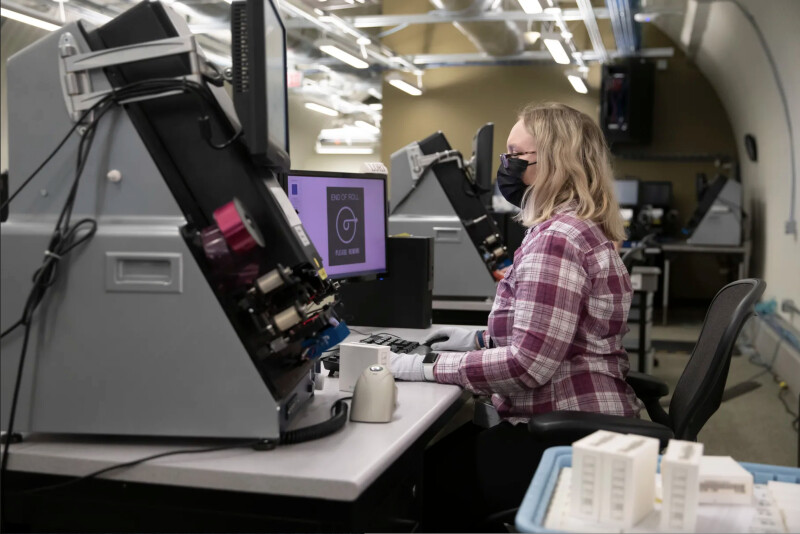A project to digitize billions of family history records on microfilm—a project originally expected to take as long as a century to complete—has wrapped up after just 15 years thanks to leaps in technology. Now the records of more than 11 billion people will be available to anyone with a computer, according to Newsroom.
“It’s something that I never thought that I would see in my lifetime with the projections that we had. I thought my kids, or my grandkids would see this. So, for me to see the conclusion of this scanning effort, it's a dream come true,” said Kris Whitehead, a manager for FamilySearch.
Many Church members of a certain age will have fond and frustrated memories of microfilm—a technology that allows records to be shrunk down to a minuscule 1/25th size and printed on long rolls of film. The film can then be fed (very, very carefully) through a machine that magnifies the tiny images to readable size.
A relatively old technology, microfilm has proved useful in many situations. For example, during the Franco-Prussian War in 1870, Paris became cut off from outside communication. The solution: tiny microfilmed messages were flown into Paris by homing pigeons.
From 1938 to 2018, The Church of Jesus Christ of Latter-day Saints printed millions of genealogical records on microfilm. The rolls were shipped to family history centers, where members became adept at using film readers to research their pedigrees. In 1998, new technology allowed FamilySearch to start digitizing the records and putting them online. And now, with the completion of this project in 2021, Church members can finally bid farewell to microfilm.
But what will happen to all those rolls of microfilm that so many remember fondly? They’ll continue to be stored in the Church’s climate-controlled archives. Because it’s always wise to save a backup.
Read the full Newsroom release here.


